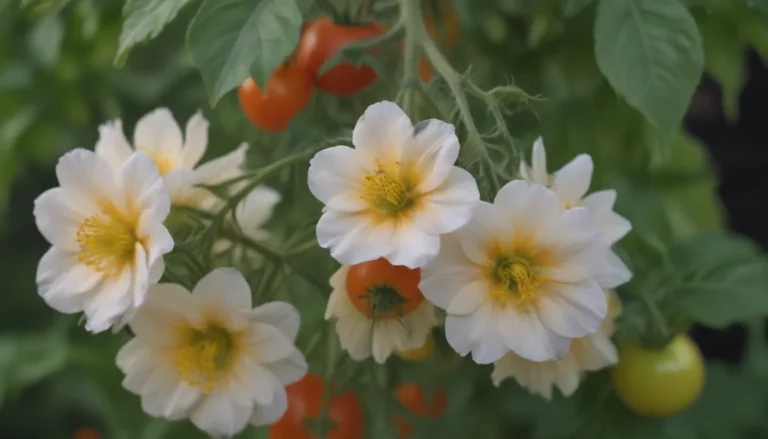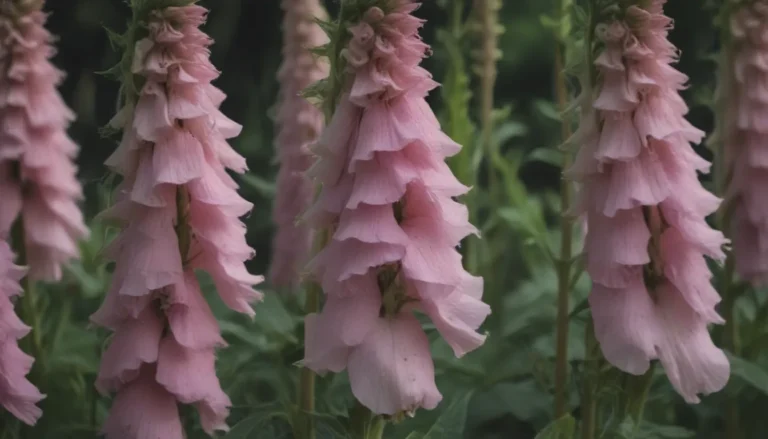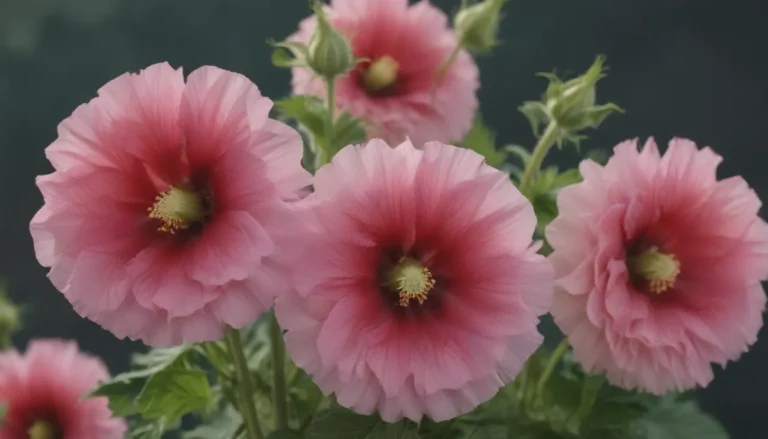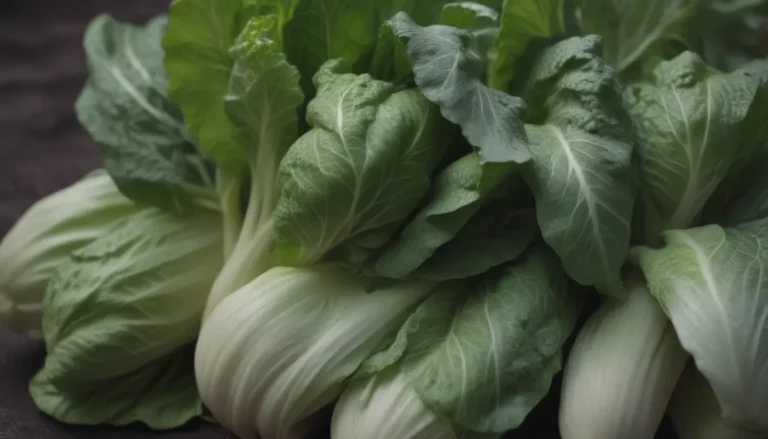A Comprehensive Guide on How to Successfully Grow and Care for Autumn Sage

Autumn sage, also known as Texas sage, is a beautiful woody perennial that belongs to the mint family. It is an excellent addition to gardens, attracting pollinators with its prolific blooms that last from early summer to mid-fall. This resilient plant thrives in full sun and well-draining soil, making it a perfect choice for xeriscape gardens and rocky slopes. Additionally, autumn sage is salt-tolerant and deer-resistant, making it a versatile and low-maintenance plant for any gardener to enjoy.
Autumn Sage Care: Tips and Tricks
Autumn sage is a fairly easy-going plant with minimal care requirements. Here are the key factors to consider when growing and caring for this beautiful perennial:
- Light: Autumn sage thrives in full sun in most regions, but in very hot climates, it may benefit from some shade during the hottest part of the day.
- Soil: Provide the plant with moderately fertile, well-drained soil. While autumn sage does well in gravely and rocky soil, it may struggle in dense clay-based soil.
- Water: Water regularly after planting, and once established, only water as needed, typically no more than 1 inch per week. Avoid overwatering, as excess moisture can harm the plant. Consider planting in a container or xeriscape landscape if your soil does not drain well.
- Temperature and Humidity: Autumn sage is native to southern Texas, New Mexico, and Mexico, making it tolerant of heat, humidity, and drought. It is hardy to about 15 degrees Fahrenheit and may remain evergreen in warmer climates.
- Fertilizer: Autumn sage is a light feeder, so if your soil is moderately fertile, additional feeding may not be necessary. A balanced slow-release fertilizer in the spring can provide a nutrient boost if needed.
Types of Autumn Sage Cultivars
Autumn sage comes in several cultivars, each with its unique flower hues and characteristics. Some popular cultivars include:
- S. greggii ‘Wild Thing’
- S. greggii ‘Radio Red’
- S. greggii ‘Elk Pomegranate’
- S. greggii ‘Glimmer Heatwave’
- S. greggii ‘Ignition Purple’
- S. greggii ‘Furman’s Red’
- S. greggii ‘Lowrey’s Peach’
- S. greggii ‘Playa Rosa’
Pruning Tips for Autumn Sage
Pruning is essential to maintain the health and shape of your autumn sage plant. Follow these guidelines for pruning:
- Early-season shearing: Remove about one-third of the stem length to promote dense growth, though this may delay the first blooms.
- Regular trimming: Trim branches back to the main stems during the growing season to keep the shrub full and well-shaped.
- End-of-season pruning: Severe pruning at the end of the growing season encourages robust regrowth in the spring.
How to Propagate Autumn Sage
Autumn sage is best propagated through softwood cuttings or root divisions. Softwood cuttings or divisions can produce flowering plants in their first year. Here’s how to propagate autumn sage:
- Softwood cuttings:
- Root divisions:
How to Grow Autumn Sage From Seed
Seed propagation is a slower process compared to cuttings or divisions. Here’s how to grow autumn sage from seed:
- Collect mature seeds from the plant.
- Sow the seeds in a well-draining potting mix.
- Keep the soil consistently moist until germination occurs.
- Transplant seedlings to individual pots once they have grown large enough.
- Gradually acclimate seedlings to outdoor conditions before planting in the garden.
Potting and Repotting Autumn Sage
While autumn sage is typically grown in gardens, it can also thrive in containers on patios or decks. Here are some tips for potting and repotting autumn sage:
- Use a gritty, well-draining potting mix.
- Choose a large pot with good drainage holes.
- Avoid moving the plant back and forth between indoor and outdoor locations.
Common Pests and Plant Diseases
Autumn sage is relatively low-maintenance, but there are a few pests and diseases to watch out for, including leafhoppers, slugs, snails, whiteflies, and aphids. Proper maintenance and responsible pesticide use can help control these issues. Additionally, crown rot can occur in poorly draining soil, especially during wet winter conditions.
How to Encourage Blooms in Autumn Sage
In optimal conditions, autumn sage should bloom prolifically, attracting pollinators to your garden. Here are some tips to encourage more blooms:
- Shearing after spring blooms: Stimulate a second flush of flowers by partially shearing the plant.
- Provide plenty of sunlight: Autumn sage thrives in sunny locations for optimal flowering.
- Avoid excessive feeding: Fertilizer can promote foliage growth at the expense of blooms, so use a balanced slow-release fertilizer in the spring if necessary.
Common Problems with Autumn Sage
While autumn sage is generally easy to care for, you may encounter a few issues, including:
- Yellowing leaves: Avoid overwatering, as this can lead to yellowing leaves. Only water as needed, typically no more than 1 inch per week.
- Brown and dropping leaves: Excessive sun exposure in very hot climates can cause leaves to burn and drop. Provide some shade during the hottest part of the day.
- Wilting leaves and stems: Overwatering or watering at the wrong time of day can cause wilting. Water in the morning to prevent humidity buildup.
Autumn sage is a versatile plant that adds beauty and pollinator-attracting blooms to any garden. With proper care and maintenance, this perennial can thrive and delight gardeners with its vibrant flowers and aromatic foliage. Including autumn sage in your landscape not only enhances its aesthetic appeal but also supports local pollinators and wildlife. Enjoy the beauty of autumn sage in your garden and reap the benefits of this lovely plant year after year.





